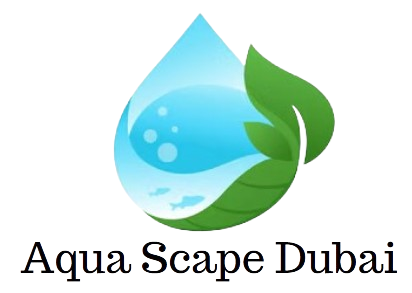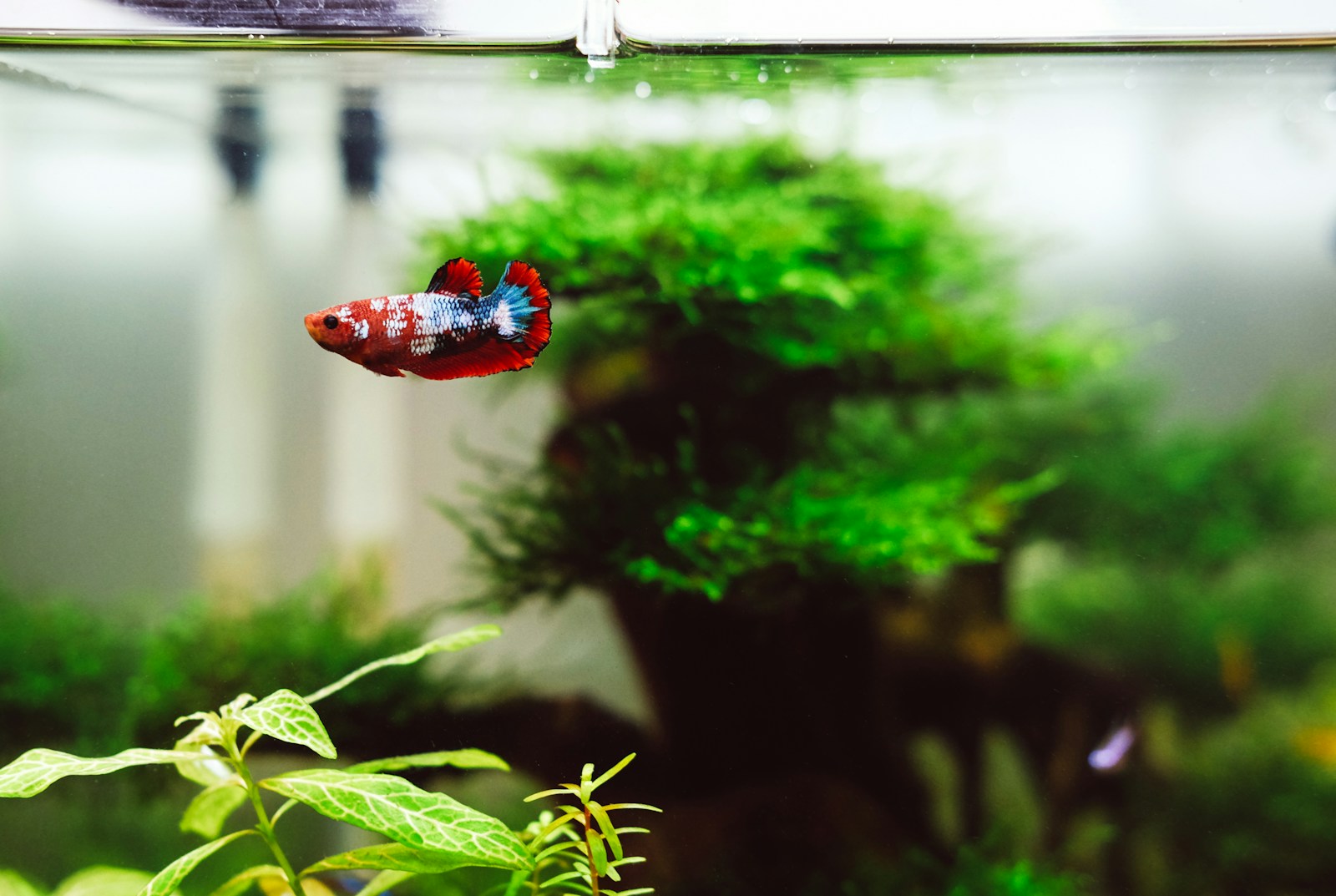A Comprehensive Guide to Removing Algae from Your Planted Tank
Having algae in your planted tank can be a frustrating problem for aquarium enthusiasts. Algae not only detracts from the beauty of your tank, but it can also harm your plants and fish if left unchecked. In this blog post, we will discuss effective methods to remove algae from your planted tank and restore it to its former glory.
Before we delve into the methods of algae removal, it is important to understand the causes of algae growth in a planted tank. Algae thrives in an environment with excess nutrients, primarily nitrates and phosphates. These nutrients can enter the tank through various sources such as overfeeding, decaying plant matter, and fish waste. Additionally, factors like inadequate lighting, poor water circulation, and imbalanced CO2 levels can contribute to algae growth.
Now that we have a better understanding of the underlying causes, let’s explore some practical methods to combat algae in your planted tank. One of the most effective ways to control algae is by maintaining a balanced ecosystem within the tank. This involves careful consideration of factors such as lighting, nutrient levels, and water quality.
Firstly, it is crucial to ensure that your tank receives the appropriate amount and type of lighting. Algae requires light to photosynthesize and grow, so finding the right balance is essential. Too much light can promote excessive algae growth, while too little light can hinder the growth of your plants. Depending on the type of plants and algae present in your tank, you may need to adjust the duration and intensity of light provided.
In addition to lighting, monitoring and controlling nutrient levels is vital in preventing algae outbreaks. Regular water testing will help you identify any imbalances in nitrates and phosphates. If levels are too high, you can reduce them through water changes, using nutrient-absorbing materials like activated carbon or phosphate removers, or by adjusting your fertilization routine. It is important to strike a balance between providing enough nutrients for your plants to thrive while limiting excess nutrients that can fuel algae growth.
Another factor to consider is water circulation. Insufficient water movement can create stagnant areas where algae can flourish. Installing a quality filter and positioning it strategically will help maintain proper water circulation and prevent the buildup of debris and nutrients in certain areas of the tank. Additionally, adding a powerhead or adjusting the direction of your filter’s outflow can further enhance water movement and reduce the likelihood of algae growth.
Lastly, maintaining adequate levels of carbon dioxide (CO2) in your planted tank can help inhibit algae growth. CO2 is an essential nutrient for plants, and providing them with the right amount can promote healthy growth and outcompete algae. There are various methods to supplement CO2, such as using a CO2 injection system or utilizing liquid carbon supplements. Monitoring CO2 levels and adjusting accordingly will help create an environment that is more favorable for your plants than for algae.
By implementing these strategies and maintaining a balanced ecosystem, you can effectively combat algae in your planted tank. However, it is important to note that algae removal is not an overnight process and requires patience and consistency. Regular maintenance, including water changes, plant trimming, and algae removal, will be necessary to keep your tank algae-free in the long run.
Understanding Algae
Before we dive into the methods of removing algae, it’s important to understand what it is and why it forms in your tank. Algae are simple, plant-like organisms that thrive in aquatic environments. They can take on various forms, including green, brown, red, or even black.
Algae growth is typically fueled by an excess of nutrients in the water, such as nitrates and phosphates. These nutrients can come from overfeeding, decaying organic matter, or inadequate maintenance. Additionally, factors like excessive light, poor water circulation, and fluctuating CO2 levels can contribute to algae growth.
When it comes to the types of algae that can form in your tank, there are several common ones to be aware of. Green algae, also known as “pond scum,” is the most common type and often appears as a green film on the glass, decorations, and substrate of the tank. Brown algae, or diatoms, can give the tank a brownish tint and are often found on surfaces that receive less light. Red algae, also known as brush algae, can appear as red or black tufts and are typically found in areas with high light intensity. Black beard algae, as the name suggests, forms black, hair-like growths that can be difficult to remove.
Understanding the specific type of algae in your tank can help you determine the best course of action for removal. Different types of algae may require different methods, such as adjusting lighting, nutrient levels, or using specific chemical treatments. It’s important to approach algae removal with a holistic approach, addressing the underlying causes of its growth rather than just treating the symptoms.
Regular maintenance and proper aquarium care are key to preventing and controlling algae growth. This includes regular water changes, proper filtration, and monitoring nutrient levels. Additionally, maintaining a balanced ecosystem within the tank, with a variety of plant and animal species, can help to naturally control algae growth.
Consider adding algae-eating fish and invertebrates to your tank. Species like Siamese algae eaters, otocinclus catfish, and Amano shrimp are known for their ability to consume algae. They can help keep algae growth in check and provide a natural solution to the problem.
Regular tank maintenance is crucial in preventing algae growth. Clean the tank walls, decorations, and substrate regularly to remove any algae buildup. Use a soft brush or algae scraper to gently remove algae without disturbing the plants or fish.
Overstocking your tank can lead to excess waste and nutrient buildup, creating favorable conditions for algae growth. Ensure that your tank is not overcrowded and that the fish load is appropriate for the tank size.
Before adding new plants to your tank, quarantine them for a few weeks in a separate container. This will help prevent the introduction of algae or other pests that may be present on the new plants.
Keep a close eye on the water parameters of your tank, including temperature, pH, and ammonia levels. Algae thrive in unstable environments, so maintaining stable and optimal water conditions can help prevent algae growth.
By implementing these preventive measures, you can create a healthy and algae-free environment for your planted tank. Remember that consistency and regular maintenance are key to keeping algae at bay and enjoying a thriving aquatic ecosystem.
Removing Algae
If you already have algae in your planted tank, don’t worry. There are several effective methods to remove it:
1. Manual Removal
One of the simplest and most effective ways to remove algae is to manually remove it from your tank. Use a clean cloth, sponge, or algae scraper to gently scrub the affected surfaces, such as the glass, rocks, or decorations. Be careful not to damage your plants or disturb the substrate in the process. Regular maintenance and consistent manual removal can help prevent algae from spreading and taking over your tank.
2. Algae-Eating Fish
Introducing algae-eating fish, such as Siamese algae eaters, otocinclus catfish, or certain species of plecos, can help control algae growth in your tank. These fish have a natural appetite for algae and can help keep it under control. However, it’s important to research and choose fish that are compatible with your existing tank inhabitants. Some algae-eating fish may have specific dietary requirements or territorial behaviors that could disrupt the balance of your tank.
3. Algae-Eating Invertebrates
Another option is to add algae-eating invertebrates, such as Amano shrimp or nerite snails, to your tank. These small creatures are efficient algae eaters and can help keep your tank clean. Amano shrimp, for example, are known for their voracious appetite for algae and can quickly devour any unwanted growth. However, be cautious when adding invertebrates, as some species may not be compatible with certain fish or plants. Additionally, some invertebrates may have specific water parameter requirements or may reproduce rapidly, so it’s important to research and choose the right species for your tank.
4. Chemical Treatments
If manual removal and natural methods are not sufficient, you can consider using chemical treatments to control algae. There are various algae-control products available in the market, such as algaecides or copper-based treatments. However, it’s important to exercise caution when using these products, as some can be harmful to your plants, fish, or beneficial bacteria in your tank. Always follow the instructions provided by the manufacturer and use the recommended dosage. It’s also important to note that chemical treatments should be used as a last resort and should not be relied upon as a long-term solution.
5. Adjusting Light and CO2 Levels
Algae growth can be influenced by the amount of light and CO2 in your tank. Adjusting these factors can help control algae growth. Consider reducing the duration or intensity of lighting, or implementing a siesta period where the lights are turned off for a few hours during the day. Additionally, ensuring stable and adequate CO2 levels can help promote healthy plant growth, which can outcompete algae. It’s important to strike a balance between providing enough light and CO2 for your plants while preventing excessive algae growth. Regular monitoring and adjustment of these parameters can help create a healthy and algae-free environment for your aquatic plants and fish.
Maintaining a Healthy Planted Tank
Once you have successfully removed algae from your planted tank, it’s important to maintain a healthy environment to prevent its return. Here are some tips for ongoing maintenance:
1. Regular Tank Maintenance
Continue performing regular water changes, cleaning the tank, and maintaining proper water circulation. This will help remove excess nutrients and keep algae growth in check. It is recommended to perform a 25% water change every two weeks to maintain water quality. Additionally, use a gravel vacuum during water changes to remove any debris or uneaten food that may have accumulated on the substrate.
2. Prune and Trim Plants
Regularly prune and trim your plants to remove any dead or decaying leaves. This not only improves the overall appearance of your tank but also prevents the release of excess nutrients into the water. Use a pair of sharp scissors or pruning shears to carefully trim the plants, taking care not to damage the healthy parts. This will encourage new growth and help maintain a balanced ecosystem in your tank.
3. Monitor Nutrient Levels
Continue monitoring the nutrient levels in your tank and adjust fertilization accordingly. Regular testing will help you maintain a balanced nutrient ratio and prevent nutrient imbalances that can promote algae growth. Test kits are available to measure the levels of nitrate, phosphate, and other essential nutrients in your tank. Based on the test results, you can add fertilizers or adjust the lighting duration to ensure that the plants are receiving adequate nutrients without causing an imbalance.
4. Avoid Overstocking
Ensure that you do not overcrowd your tank with too many fish or plants. Overstocking can lead to an excess of waste and nutrients, contributing to algae growth. Research the specific requirements of the fish and plants you want to keep and make sure they are compatible with each other. It is also important to consider the size of your tank and provide enough space for the inhabitants to thrive.
5. Be Patient
Algae problems can take time to resolve completely. Be patient and consistent with your maintenance routine, and over time, you will be able to achieve a healthy and algae-free planted tank. It is important to note that some algae growth is normal and can even be beneficial for the tank ecosystem. However, by following these maintenance tips and staying proactive, you can keep algae under control and enjoy a vibrant and thriving planted tank.

